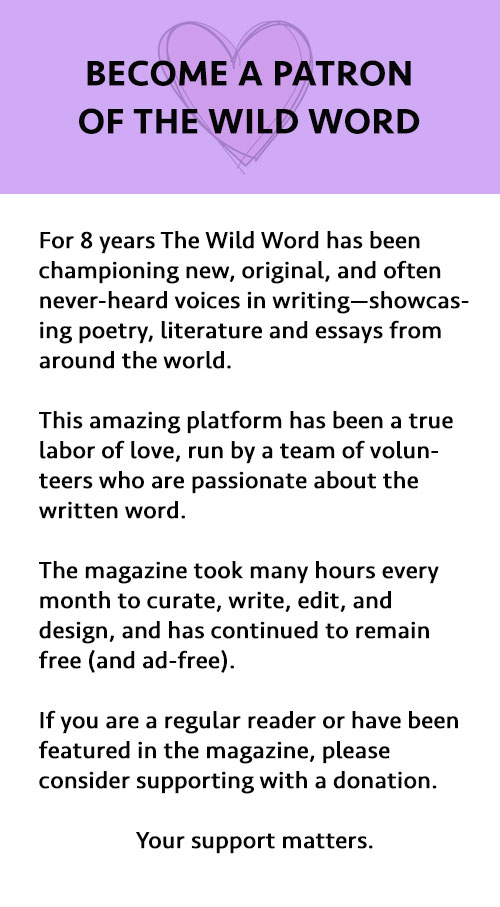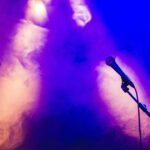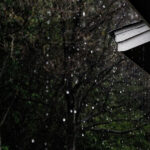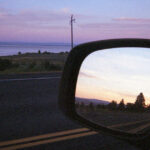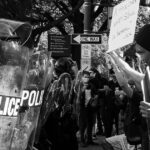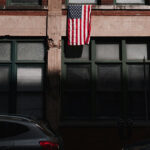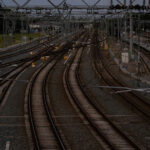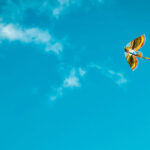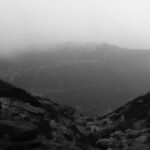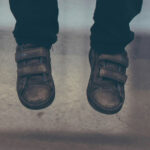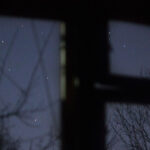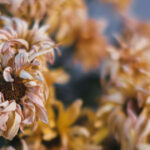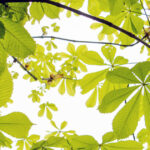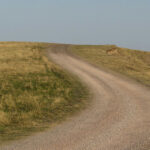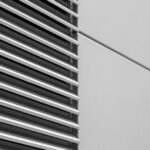
We love artists at The Wild Word.
Our Artist-in-Residence page provides a space for artists to showcase their work and to spread their creative wings. In their month of residency, invited artists are encouraged to collaborate with other contributors within the magazine, to experiment and develop new projects, while giving us an insight into their creative process.
Our WHAT THE HEART SEES Artist-in-Residence is dancer, poet and artist Jean Fogel.

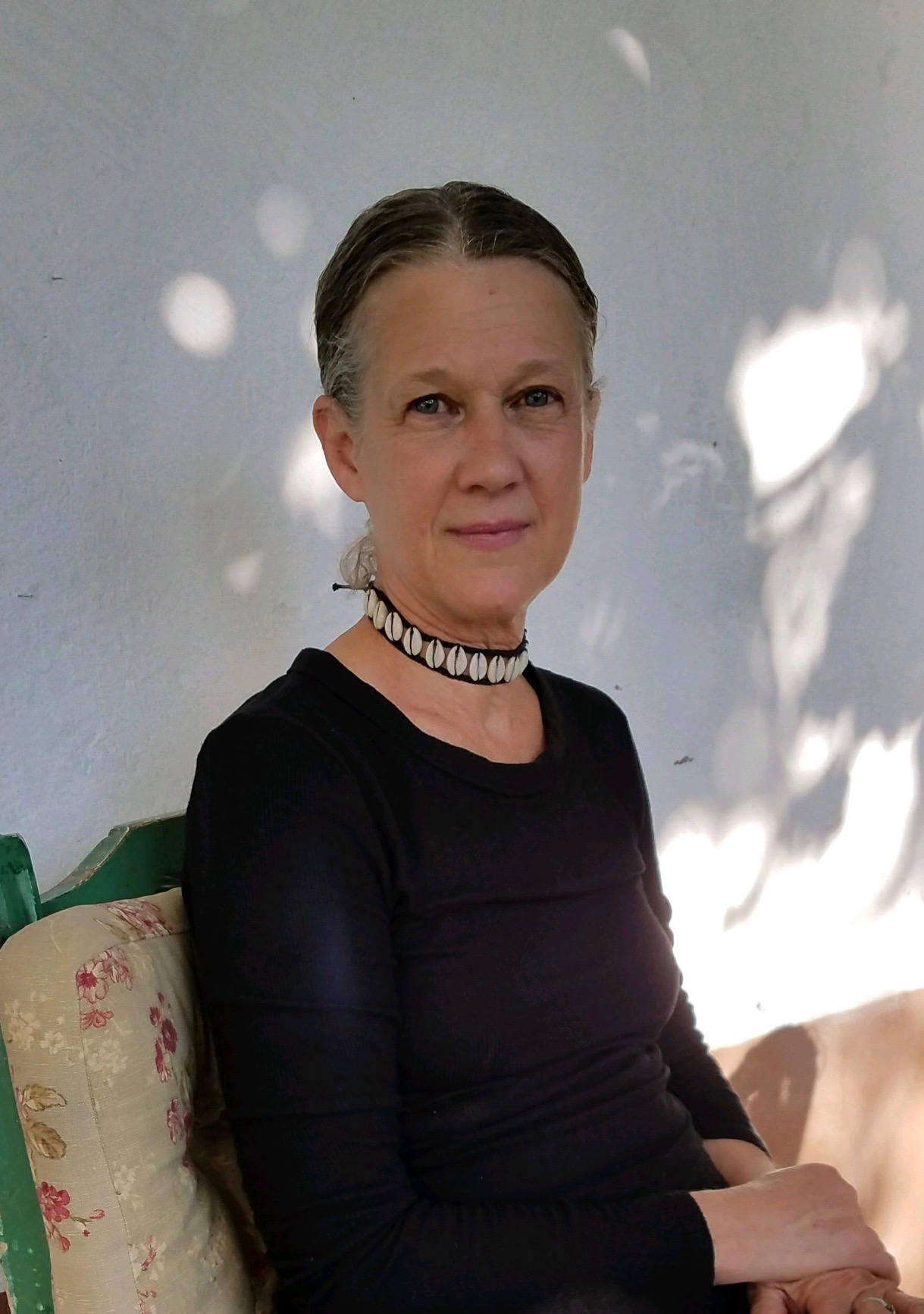
Born in New York, NY and raised in Texas, Jean Fogel Zee has been dancing, writing and working with the world as installation for over 30 years. The arc of Zee’s creative life is multi-disciplinary in form with a focus on poetry, dance, and the practice of Authentic Movement. Zee’s performance works have been supported by grants from the City of Austin, the Texas Commission on the Arts and the National Endowment for the Arts. She is presently Artist In Residence with The Historic Santa Fe Foundation in Santa Fe, NM. Her exhibit WORD Poetry / Installation premiered May 5 – May 28, 2017 at the Historic Santa Fe Gallery in Santa Fe, NM. Zee is currently working on her 2018 exhibition WIRED, as well as her one woman show WEEP – An Existential Comedy, both shows to be presented by spring of 2018.

The Heart Sees What Children See
And They See Everything
It seems the most accessible and effortless resource of unconditional love comes in childhood. The heart’s memory is in the blood.
I grew up in Texas during the sixties and seventies when civil rights was alive and moving. In the heart of Houston, beneath the overpass, I attended St Luke’s Catholic Middle School which was newly staffed with nuns from Ireland.
My mother was set on sending us to parochial school, which was expensive considering we had no financial status. I would work after school to pay my way. My siblings and I were the only pupils to work for our tuition. Students would rush through the doors leaving me to clean their prints off the windows. I would hurry through my chores hoping to catch the end of majorette practice.
South / Texas
No one ever really wants to go to Texas.
I didn’t.
I can still see the burning cross in the yard next door.
We were the last white family to leave the neighborhood.
At school, Sister Theresa from Ireland did her best to appear
non-discriminating, but she would choose me over
dark-skinned Mary every time. I was the only sixth grader
who could not find white shoes with heels for my confirmation,
I tried very hard to hide my chagrin. Looking back,
I recite the towns:
Sour Lake, Chinatown, Beaumont, Tyler, Irving, Houston, Austin,
synonymous with: Tumbleweeds, Shiner beer, cowboy hats, rifles,
rattlers, litter, two stepping, prejudice and the Rio Grande.
The Heart Does Not Judge
In grammar school, when we formed lines for recess or Mass, we were directed to choose a partner. As the new girl I would take the hand of the one person left standing alone. It is a memory full of heart, this making contact with the unwanted without the need to question. I just remember feeling grateful there was a hand to hold on to as we straggled out the door.
I Was Not There
If I could remember the days as they were, in whatever city I was in,
or whatever house we occupied, I would cross myself three times,
kneel, and pray at the foot of my mother’s bed.
If I could remember the schools, the people and their names,
I would draw a pen across my face, mark myself occupant,
noting I had lived there.
I would say that was me, the one with the braces. The one entering
a class where no one knew me, my body posturing in chairs, on stools,
as I developed sonar to navigate the world.
It wasn’t long before I began carrying my chair on my back.
Cement streets coiling and uncoiling beneath a forgotten sky,
birds nesting, and my haystack hair, no time for braiding.
The Heart Holds And The Heart Lets Go
It is experience itself that the heart translates, my own life having been deeply shaped by loss, loss of my father, sister, grandchildren, not through death but through circumstance. Any success I have had in managing my emotional landscape has come when I let go, when I give in, when the heart takes over and leads me into the pain.
Letting Go
The storm of yesterday
has made a nest
in my chest
Emotions bleed the heart
The heart says nothing
but yes
Birds in the piñon pine
are too busy for regret
they sing
This lesson of having
of not having
of letting go
The face moves
a million seconds
at once
The eyes and breath
assume the unseen
together
We hold the day
a crucible
a clue
Only the ordinary
tasks provide
the truth
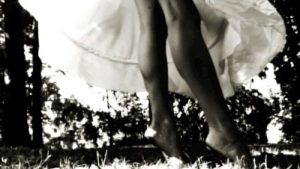
The Heart Never Asks
When I was five, I would wake at 3 a.m. and make my way downstairs to the living room where my mother’s wing back chairs were waiting. I would climb into the chair and sit quietly. In the opposite chair was a shadowed figure, pure shadow, in the shape of a person. The feeling in the room was an unnameable peace.
I think innocence was the key to my heart centered capacity as a child. Now it takes more courage to see what the heart sees, because that leaves me empty handed, no position to wield, no power to impose, a point of stillness where the unknown appears and I find myself with an uncomfortable willingness, a strange and beautiful sort of creativity.
In a world of such calamity and confusion, the light continues to shine. The heart is a center that moves, from the dark into the light and back, cutting a pathway across all boundaries, often challenging our very identities, calling us to forgiveness and compassion through suffering. The pendulum may swing, but it always comes back to love.
Letter
I
By August the wheel will have turned three times.
The wasps on your back porch
will be peddling their healing poison
to sting, one pain for another.
In front of your house, a fallow garden,
silent with unplanted seeds. I think of you,
my hands in dirt, your barren yard sluggish
astride the neighbors’ flowering fields.
II
Under an apple tree, a milky cocoon
oscillates, nearing recognition.
The fairy hamlet at the foot of the tree
carries on without notice. An apple drops.
Screaming boys extirpate, the lawn sighs.
Standing in the poppy field behind your house,
a fatigued photo begs forgiveness.
III
I have been thinking of the family
I would like to have.
The effortless shape of water,
how the cicadas know when to sing.
The seasons loyal transformations.
But I will settle for dry husks, abandoned words,
beetles delivering messages,
their twig legs doing all the work.
IV
It was March when I last saw you.
Your bones stacked in the chair across from me,
blue eyes filling again and again
what could not be spoken.
Ceramic plates were the weights
that held us down, canted our folded bodies
toward the center of the table
between us.
V
I have learned to hold my words
in the thirsty hull of my mouth
like alligator eggs buried in the sand.
Celebrations of solstice pass without notice.
Church bells soothe my tired days.
A grandmother in exile, I rise each day
with a world on fire.
I remember you, the pale lid of morning,
your father’s hands appearing
as you touched your own face,
brushing away dreams, your body out the door,
feet shuffling in the grass.
And I a gatekeeper,
for this tethered distance we call home.

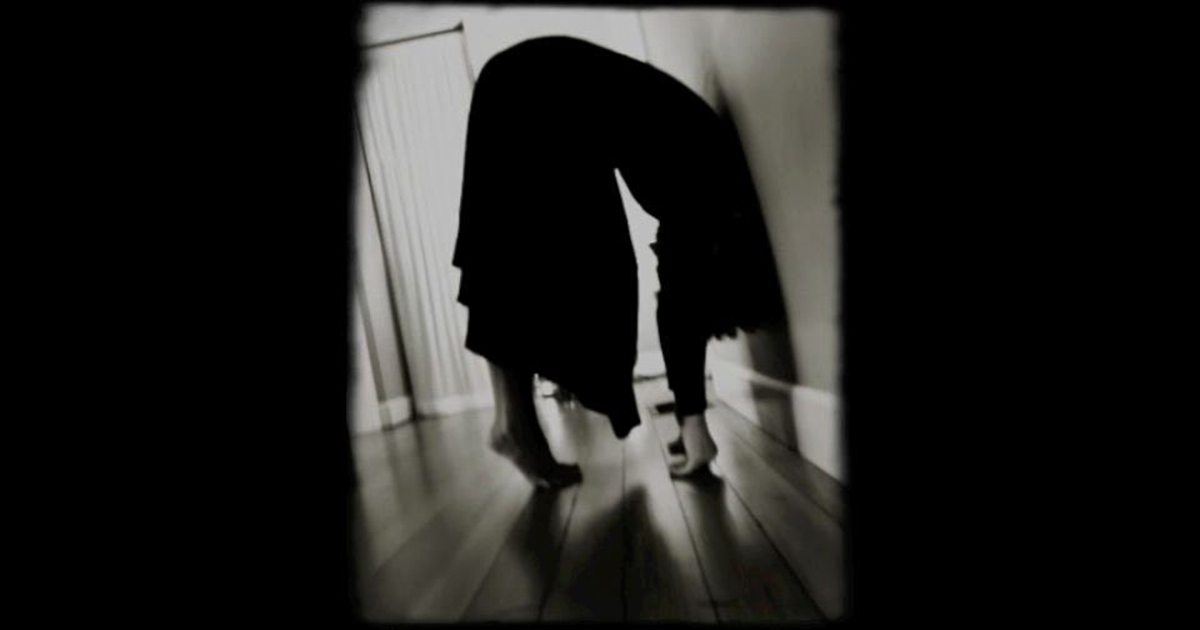
The Dark Heart
Then I heard a noise, and I knew it was the sound of human terror. It was the low sound that arises from the bottom of the soul…… And have I not told you that what you mistake for madness is but a kind of over-sensitivity…? Pretend no more! I admit the deed! Tear up the floor boards! Here, here! It is the beating of his hideous heart!—The Tell-Tale Heart by Edgar Allan Poe
According to the Chinese Book Of Life, The Secret Of The Golden Flower, a mother hen is able to help a baby chick hatch from its egg because her hearing is connected to her heart, and her heart is energetically connected to her young chick. It is a kind of deep listening. This idea of the heart being able to hear is something my son would understand. He used to look at me after certain exchanges and shake his head asking how do you always know?
A mother knows the way the heart knows. As mysterious as Poe’s beating heart, as connected as the deep listening that reaches far beyond the physical, we are at our root animals, and animals rely on instinct. I believe the heart and instinct are related.
We refer to drawing on our instincts as intuition. The ability to tune into our intuition means feeling into the body. This is a quality that reaches back into our evolutionary history. Relying on our body for information comes from primordial times and is very different from the sentimentality we are so accustomed to today. Sentimentality leaves the dark heart untended.
Sentimentality is a superstructure covering brutality—C.G. Jung
The wet eyes of the sentimentalist betray his aversion to experience, his fear of life, and is capable of masking cruelty— James Baldwin
Our consumer culture cultivates sentimentality by delegating our extreme emotions to the shadows. The very idea that one experiences dark emotions is cause for concern. Medications are at the ready for any dip in stasis and productivity.
Strange Harmony
There is a man wearing a uniform proudly, you can find him miming
hand signals of belonging, his smile someone else’s flag. A child
caught telling a tall tale, stands holding her bird cage heart,
eyes wild with yesterday. Someone’s daughter, her pale skin
throwing light, moves through rooms of her beginning.
She is eager to please, her eyes a testament to something unknown.
On the other side of the world, a volcano is erupting.
Someone is preparing tea and everywhere,
the homeless dance for their pennies,
the amputee sings for his dinner.
What is above cannot exist without what is below. The feminine principal embraces the dark, is often in communication with the dark and allows us to reside in the unknown. Yet even our present-day childbearing is greatly controlled, choosing an all-natural birth is often considered unnatural in traditional hospitals. And our fear of death hides behind our obsession with youth and fame.
Each Day Like This
A wind-blown mantle is waiting for the sun, like a train pulling
lavender through the fields. Grasses wild with loneliness bend and sway,
each shaft a strand, each strand someone’s hair, each day like this.
Bodies rising like dough, a forgotten wilderness, eyes staring
at the street laid flat like a black ribbon tongue. Beneath the curl
of bridge and mall: graffiti, detritus. The inevitable business of death.
We have bathed the body, closed all the doors. Above the city
a blood orange moon is setting, lanterns of light slowly expire.
The bird’s sleeping eye begins to open.
As the divisions of race and religion grow wider in my own country, I draw again from James Baldwin: Humanity is our burden. It is our burden, our collective burden that can only be dealt with by the inclusion of all. Only by opening the door to the darkness will we find the light.
There Is No Other
I have no tears left, only the wail of bodies flung
against walls of remembrance,
or the howl of celebration;
a body being burned, a child being born.
Someone said faith and I said breathe.
Again my eyes looking through water,
Nameless before we were named,
wordless before we arrived,
what protection is there from the trauma of birth,
from the release of death?
Each hand holds the grail,
juggles without knowing,
sings without words,
lives in the hallowed genuflection
of an occasional perfect moment.
What say you death?
Saturn, God, Jesus, Buddha, Mom?
I look at you with my binoculars,
such distortion, such distance, such closeness.
A moth dives into the darkness.
No other in the flame burning ascension.

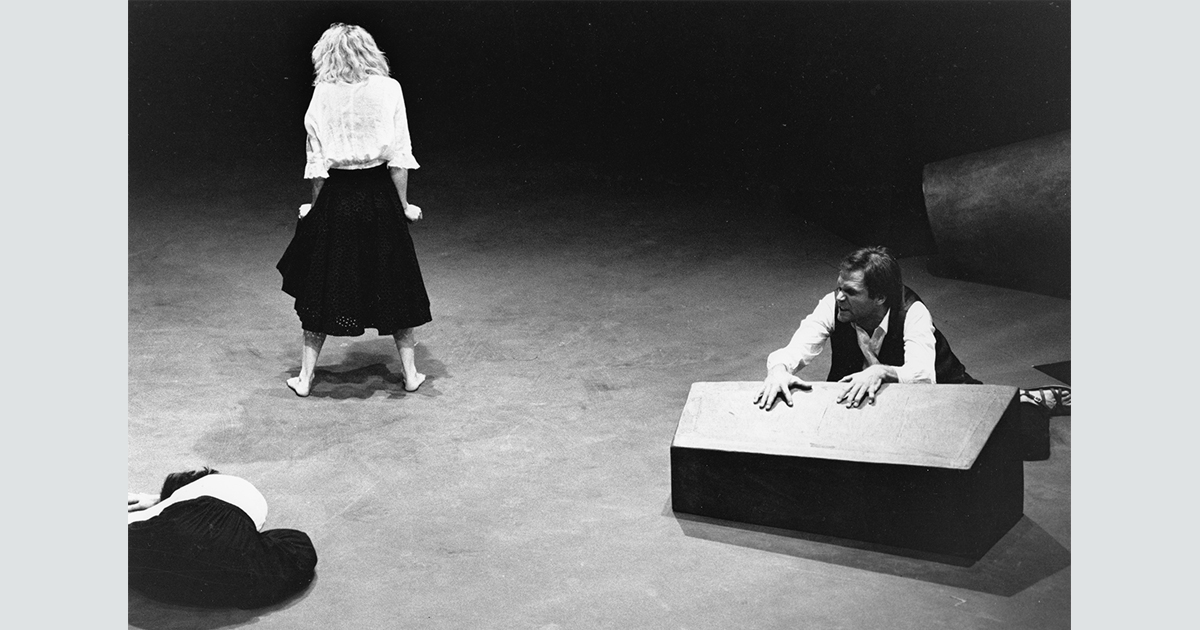
Inquisitive Heart
There is always someone wading into uncharted territory. John Cage’s musical composition 4′ 33″, which was performed in total silence. Ruth Zaporah’s Action Theatre, an improvisational performance style born out of the present moment, asking the performer and audience to be here now. Steve Paxton founded Contact Improvisation, a revolutionary dance form that follows a shared point of contact. Mary Whitehouse worked with Jung and developed the practice of Authentic Movement. Deborah Hay developed the concept of cellular movement and was a contemporary of John Cage. The list goes on.
For all the individuals who felt compelled to explore the unknown, I am grateful. I came into dance as a young girl studying Russian ballet. As much as we moved from city to city, I was able to continue my dance training. Oddly enough, because we moved so much, I never had the opportunity to complete the performance aspect of ballet. I would be fit for costume, receive new toe shoes, and then we would move. This may have something to do with my personal evolution toward the avant garde.
we arrived saying goodbye
the dove gray light lifting the wall
there were no shadows only language
tearing leaves from the branches
and the undeciphered shape of wind
links of chain fencing, a sun beaten track home
statues in the hall holding my feet to the floor
we were already gone
I may not be able to remember life as it actually occurred, but my sense of inner resilience became my experience of continuity. As my artistic career developed, meditation and the contemplative arts became my refuge. I began practicing Authentic Movement, a therapeutic form that involves moving with eyes closed while being witnessed in the process. My discovery of this practice fundamentally changed me. I began to develop an inner connection to movement that went far beyond making shapes in space with my body, which at the time was the essence of modern dance.
When I crossed paths with the trail blazing mentors mentioned above, I had found my people. I studied Action Theatre with Ruth in San Francisco. I studied Contact Improvisation with Steve Paxton. I performed with Deborah Hay. I came into the world of performance as a personal act of discovery. My career in dance spanned traditional, technical and exploratory new forms. Carl Jung says the psychological diseases of our age exist because people do not tell their stories. I survived because I found a way to express the inexpressible of my past.
Somewhere in Missouri
This is where I lived he says
The blue car, the gravel road
The green house
This is where I did not live I say
At night, the furniture moved
Each morning brought a new configuration
Which made walking to the kitchen
An event, an arrival, a visit
Objects floated room to room
The couch slip covers sagged
My mother smoothing the creases
With her unhappy hands
Her hair shaking head
Dancing in the silence
A glass in the air
Waiting for midnight
Behind the house
The uncared-for yard
The dry rural expanse
Children playing in the dirt
Top hat, plaid skirt, torn tennies
Nowhere to ride
The yellow Schwinn
Leaning against the house
Midnight came
A thrashing of rain and lightning
The birds flew
Dazed in the dark
The birds flew
The rain railed
Over the house
Where I did not live
Poetry has its own meter and rhythm just as dance does, in my experience the two are inseparable. It is through the expression of dance and poetry that I am able to contribute to the world.
Art is a kind of innate drive that seizes a human being and makes him its instrument. The artist is not a person endowed with free will who seeks his own ends, but one who allows art to realize its purpose through him ― C.G. Jung
One of the phenomenons that occurs as an artist is a continual re-creating of the self, a constant calibration between the personal and the universal. When I am in the shadows and lose my way I think of Jung, whose understanding of the creative self is very clear. I remember the reward that comes with following the creative impulse to completion, the impulse has no name and cannot be measured, it just is, which is the most wonderful reward of all.

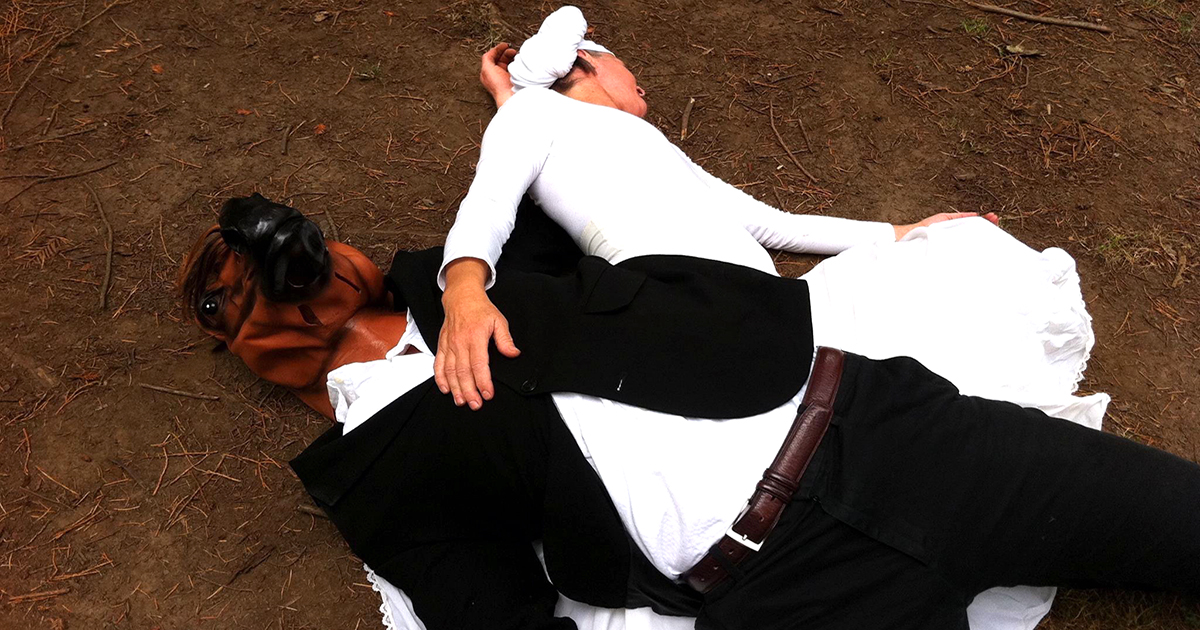
One Heart
One love, one heart, one destiny―Bob Marley
Brave heart, big heart, heavy heart, half-hearted, sweet heart, crazy heart, lonely heart, heart felt, light-hearted, broken-hearted…all the same heart. Wherever we are, so also is the heart, and the myriad states that the heart translates.
City of Thorns
Through the night we walk arm in arm,
our numb feet crossing the tracks.
Winter comes so slowly,
your torn plaid coat still not mended.
Stranded in snow on the bridge,
roses drop from their stems.
A snake pulls through the cold grass,
your blind eyes following.
Do not believe you are your body.
I wash your bones in the river,
and everything turns white,
bleached by the same sun
that burns over Somalia.
Today in America, there are so many ways to cultivate well-being. We seem to feel that if we could just live perfectly everything will be alright. Yoga, organic foods, meditation, aerobic exercise, smoothies, or should I eat paleo for breakfast? After the reign of fifty ways to be a better me, it seems walking is a most reliable activity for a healthy aging body. But no matter the deciding mores, what never changes is the reality that we and the world are shaped by suffering and love.
William Faulkner: The salvation of the world is in man’s suffering. And Marcel Proust: We are healed from suffering only by experiencing it to the full.
It is so much easier to define suffering than it is to define love. We may be able to share and enjoy each other’s fortune, but it is suffering that binds us. I cannot fully grasp the joy of someone’s new love, because their experience is not readily accessible to me. But when another person is suffering, I feel little separation. I want to help ease the pain. It is human suffering that moves us to action, and personal suffering that, for me, is an agent of change.
West / Home
I think of the Scarlet Letter, walking down the hallway,
the only single mother in the school, looking for my
little one, my golden boy. We take hands, the shadow
that follows us home he pretends not to notice. At night,
I tell him stories of horses that fly and blue ships in the
sky. There were days his voice drifted into my sleep,
through the curtain of rain falling, the rain that always fell.
My son runs to the mountains, his Adonis body blending
with the trees. I watch him from the adopted lens of my
eyes, everything always moving, nothing remaining still.
Only entering the rain forest felt safe, as though
the night green moss could protect us.
With all religions there is a unified experience of the heart. Buddha calls it The vision of the heart, Lao-tse says Inner vision. In Islam, Allah declared the heart the most valuable possession of a human being. And in the Bible, 1 Samuel 16:7: People look at the outward appearance, but the Lord looks at the heart.
The Zendo
It is pastoral in the town of Onalaska,
its name coming from Thomas Campbell’s poem
“The Pleasures of Hope”. The Zendo
sits in a green pasture. From the foyer window
you can see the deer nibble at the apple tree.
Iridescent spiders hang inverted on their webs,
their bellies glistening. In the Zendo,
lines of cushions, an acorn shaped space
alive with emptiness. The day’s long sit begins.
I find my cushion, I find my spine, breathing,
I watch time twist.
We are living in a time now referred to as “Metamodernism”. Meta, from the word Metaxis, the Greek word meaning in-betweenness. Metamodernism finds us oscillating between a post- modern past of political endings and a future that seems divided and more uncertain than ever. While contemplating the meaning of what the heart sees, I came to realize that duality is the station of the heart, that this in-betweenness is a task for the heart because the heart holds all polarities. Ask me about the heart and I find myself contemplating suffering. Ask me about suffering and I am taken into the eye of love.
And now here is my secret, a very simple secret: It is only with the heart that one can see rightly; what is essential is invisible to the eye ― Antoine de Saint-Exupéry, The Little Prince


